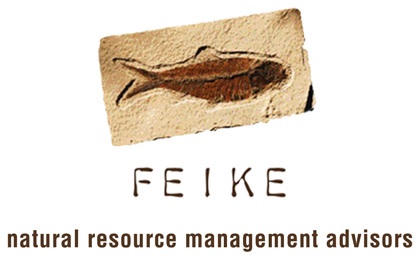The next 12 months marks a critical period (yet again) for South Africa's small-scale fishers who have to re-apply for their fishing rights. With memories of the catastrophic and damaging 2013 rights allocation process process still fresh in many small-scale fishers' minds, the upcoming allocation process is again being met with trepidation and uncertainty. For example, I have been advised that fishers were apparently told by departmental staff that right holders above a certain age would not qualify for fishing rights. This is despite the fact this unlawful and irrational criterion was abandoned by the Minister during the 2018 west coast rock lobster appeal process.
Three key concerns are the ongoing uncertainty as to how the application process will unfold; what criteria will be used to evaluate applicants; and how will the concept of small-scale co-operatives be accommodated, especially since the two most important small-scale fisheries - lobster and abalone - have been decimated by a decade of mismanagement and illegal fishing.
This Blog will address possible evaluation criteria in greater detail over the coming weeks and months, especially as they need to be applied to specific fisheries. However, it is important to note that we have repeatedly advised the department and Minister that unlike the 2013 and 2016 processes, evaluation criteria and scoring rules need to be determined specifically for individual fisheries. The generic criteria and rules that have been developed for the past 2 allocation processes are intellectually lazy and highly ineffectual to properly determine who should qualify for 15 year long fishing rights. How do you have the same evaluation criteria for an oyster harvester and for a hake handline fisher for example?
Possible evaluation criteria for each small-scale fishery sector will be discussed over the coming weeks.
A significant and recurring concern raised by small-scale fishers remains the apparent complexity of the application forms. Again, a principal problem we have found when attempting to remedy the flaws of the allocation processes in 2013 and 2016 has been the use of inappropriate "generic" application forms for very different fishery sectors. These generic and unnecessarily lengthy forms are more a hindrance than a help. Much of the information requested from small-scale fishers is unnecessary (such as copies of ID's, compliance with employment equity laws, skills development laws, complex salary tables for "employees", contributions of CSI etc).
Small scale fishers spread across of the country's coastline do not have the resources, time or inclination to complete these application forms. Many are forced to use consultants or fishing companies who then tie them into repressive catching, processing or marketing contracts in lieu of payment for their "services".
A simple solution instead is for the department to require small-scale fishers to complete an on-line fishery specific application form accessible from any smart phone. And only very necessary data is needed and can be provided in the language of choice (because the form is completed via a smart phone application, the submitted form can be automatically translated into English if necessary). In addition, because the form is submitted electronically, key evaluation and scoring data sets can be generated within hours of the forms being submitted and without the need for expensive and time-consuming human evaluation of individual applications that can take weeks to complete. An allocation of fishing rights in the white mussel, oyster, hake handline and even abalone and line fish sectors could take between 5 and 20 days to complete.
We dont believe that a small-scale application form should take more than 45 minutes to complete and the principal questions should include the following (for existing right holder applicants):
- Name, Contact Data and Identity number;
- Current fishing right number;
- Fishing area and landing site applied for;
- The Race & Gender by which the applicant self-identifies;
- The degree to which the applicant relies on the fishery concerned for his/her total annual income;
- Fishing performance for the past 3 seasons;
- Amount of fishing levies paid annually for the past 3 seasons;
- Nature of access to fishing vessel and vessel details (not relevant for sectors such as white mussels and oysters);
- Number of people employed and in what positions for the past 3 seasons;
- The amount of money invested in fishing gear, vessels, electronic equipment, processing or marketing of fish over the duration of the right.
There is no need for small-scale fishers to submit any supporting documents. Those applicants provisionally identified for fishing rights, can be randomly selected to provide vessel access agreements, tax certificates etc for verification before the final decisions are taken.
Similarly, for new entrant applicants, only specific targeted questions need to be asked, including requesting an explanation of their understanding of the fishery and requiring a fishing plan which should set out key elements to demonstrate an ability to fish the species concerned.

No comments:
Post a Comment